Magazines list (45)
Sort:
Imagined Identities
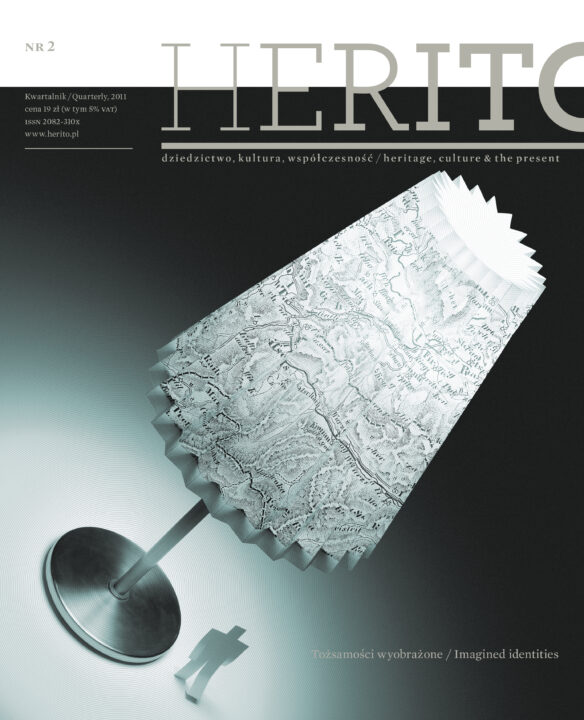
Imagined communities, called thus by Benedict Anderson, revealed the principle of nation-building, namely inculcating an image of a translocal community to which people belong.
Premiere:2011
Invisible places

Invisibility is not an empty concept or a neat rhetorical device from the margins of Italo Calvino’s book, but the lived experience of Central Europeans.
Premiere:2021
Kharkiv
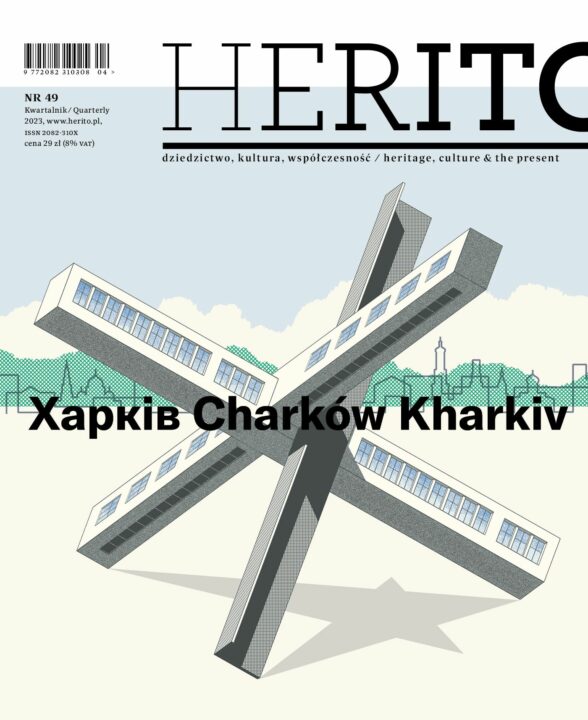
In the Kharkiv-themed issue of Herito, we delve into the history of the city, we ask about its Ukrainian DNA, which was so clearly manifested after the Russian invasion a year ago, we check what makes it unique. We show the tangible and intangible heritage of the city, which we often looked at before through the lens of stereotypes fuelled by foreign propaganda.
Premiere:2023
Krakow and the World
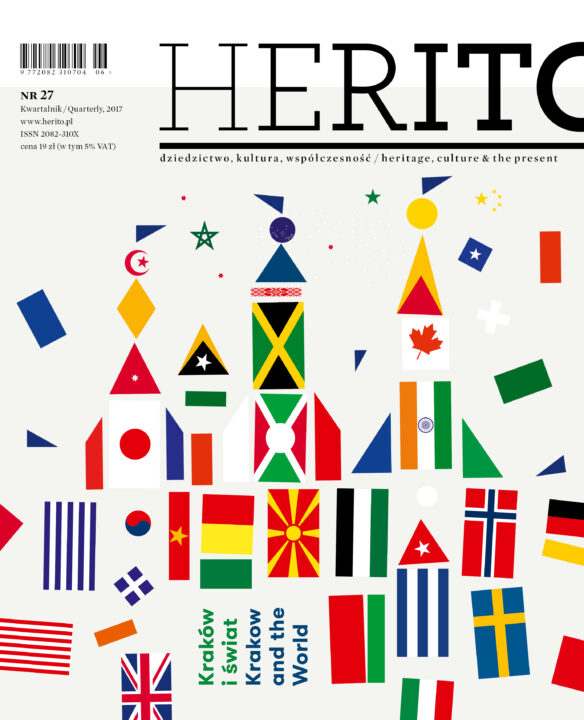
The International Cultural Centre sees its mission and udertakings as founded on what is labelled as cultural heritage, namely using the elements of the past so as to serve present and future goals. The city understood as a mirror of civilisation – let’s take Krakow as an example – was always at the core of this way of thinking. That is why we believe that the debate on the nature of the city as well as the transformation which Krakow has undergone is crucial.
Premiere:2017
Lithuania
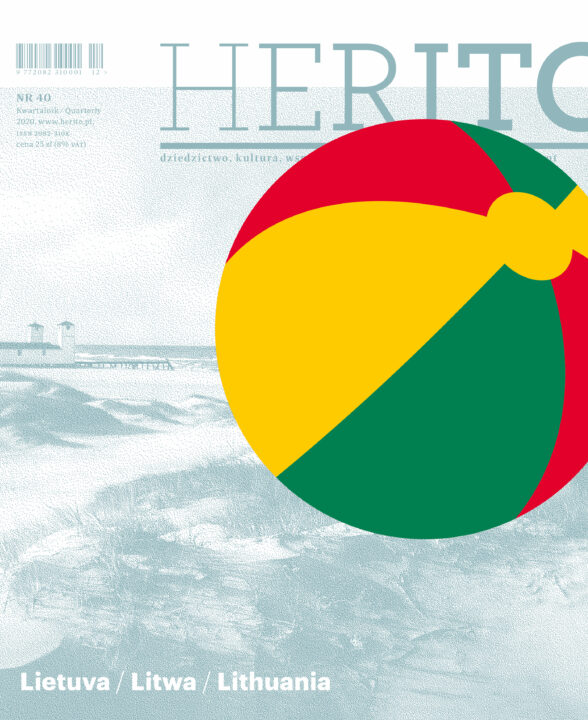
In spite of the stereotypes established in Poland – those of the pagan Lithuanian forest or the tropes of Mickiewicz and Miłosz – the authors look at Lithuania from an unusual side, from the sea. That is why they write more about the Curonian Spit, Palanga, Nida and Klaipeda. Having reached Vilnius, they suggest a different journey – in search of less known monuments than those along the beaten track to the Gate of Dawn, choosing Jan Krzysztof Glaubitz, Wawrzyniec Gucewicz and Mikalojus Vorobjovas as their guides.
Premiere:2021
Magical socialist realism?
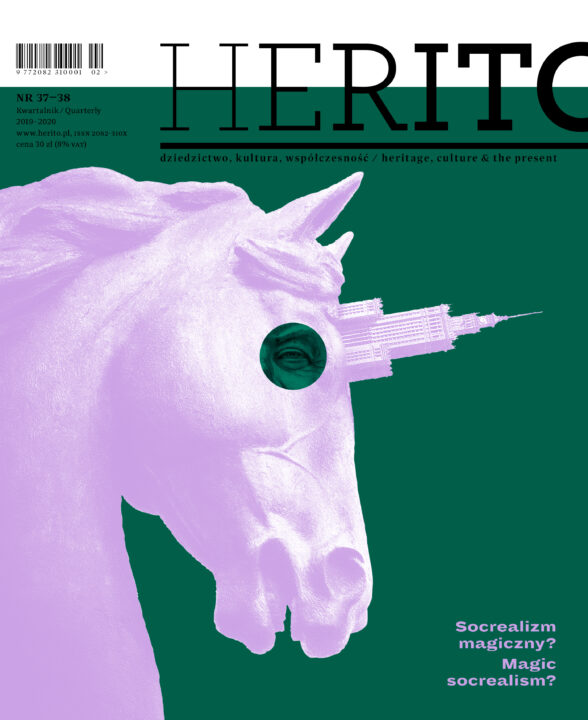
Socialist in content and national in form – these were required features of art and architecture made under the doctrine of socialist realism. Today, in Central Europe, the relics of socialist realism evoke unambiguously negative connotations. Fifty years on, are we able to look at them without these emotions? Which works have stood the test of time? Magical socialist realism – a joke or a hypothesis?
Premiere:2020
Memory of the Reformation
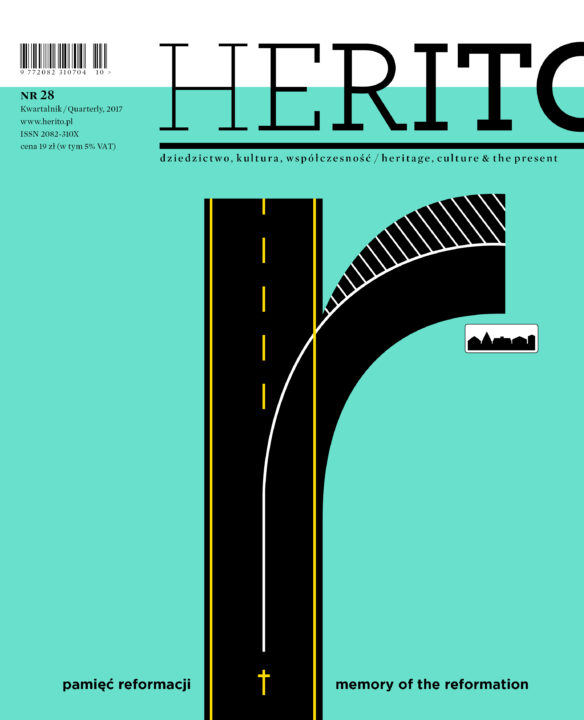
On 31 October 1517, an Augustinian friar and professor of theology, Martin Luther, attached to the door of the castle church in Wittenberg his 95 theses that addressed the abuses of the Roman Catholic Church. Was this event crucial for the development of our concepts of individual freedom and human rights? Would capitalism ever be conceived without the protestant ethos? What was the role of Reformation in the shaping of modern Central European nations? These questions are tackled by authors featured in the 28. issue of “Herito” quarterly.
Premiere:2017
Nations - History and Memory
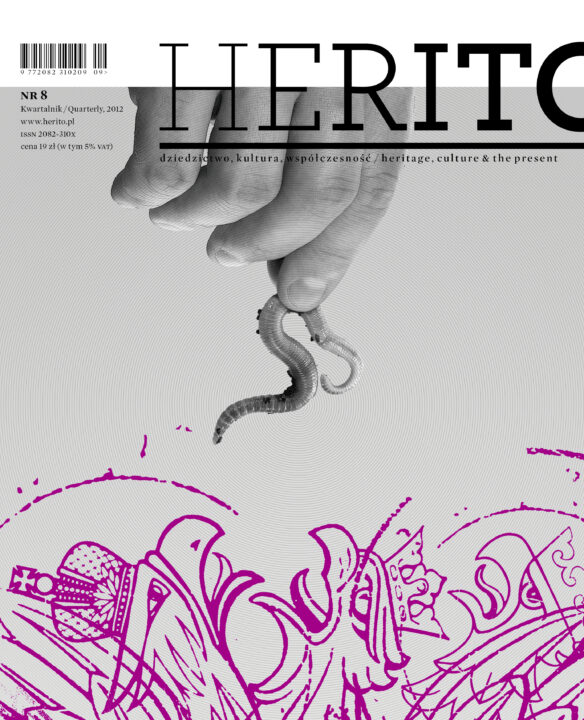
If today is as much a mosaic of nations and their histories as a social tissue of their individual memories, families, milieus and institutions, the sphere that has emerged between them appears to be an area of tension and often conflicts. What kind of conflicts? Whose conflicts? Who and for what purpose do memory and history now serve? These are some of the questions that run through this issue, and the review of opinions it publishes opens with Miroslav Hroch’s question: What does Europe still need a nation for?
Premiere:2012
Nations and Stereotypes
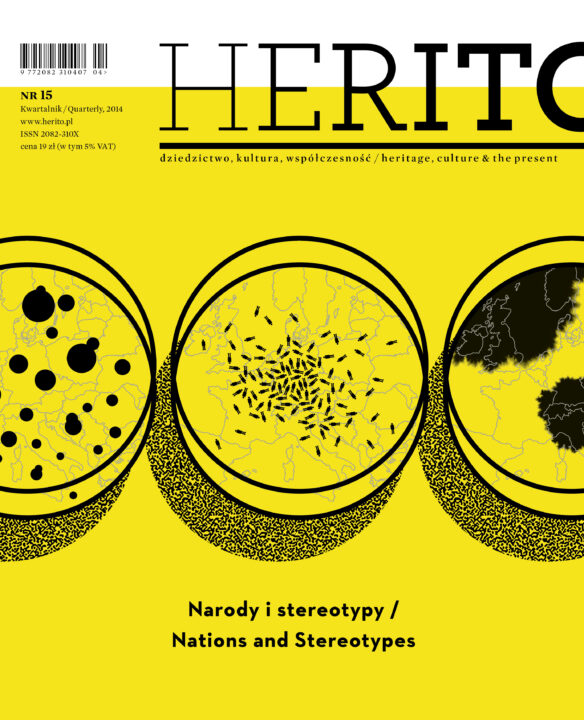
History teaches us that international relations are strongly contingent on our representations of others. Even if the beliefs we live by do not find corroboration in reality, we are reluctant to discard stereotypes or prejudice, which Ambrose Bierce called “a vagrant opinion without visible means of support”.
Premiere:2014
Patterning. Design in Central Europe

Does Central Europe have a distinctive design? In the countries of our part of Europe – which in the last 150 years have experienced constant political, ideological, class, and cultural transformations – design reveals surprisingly many common features.
Premiere:2016
Copyright © Herito 2020
